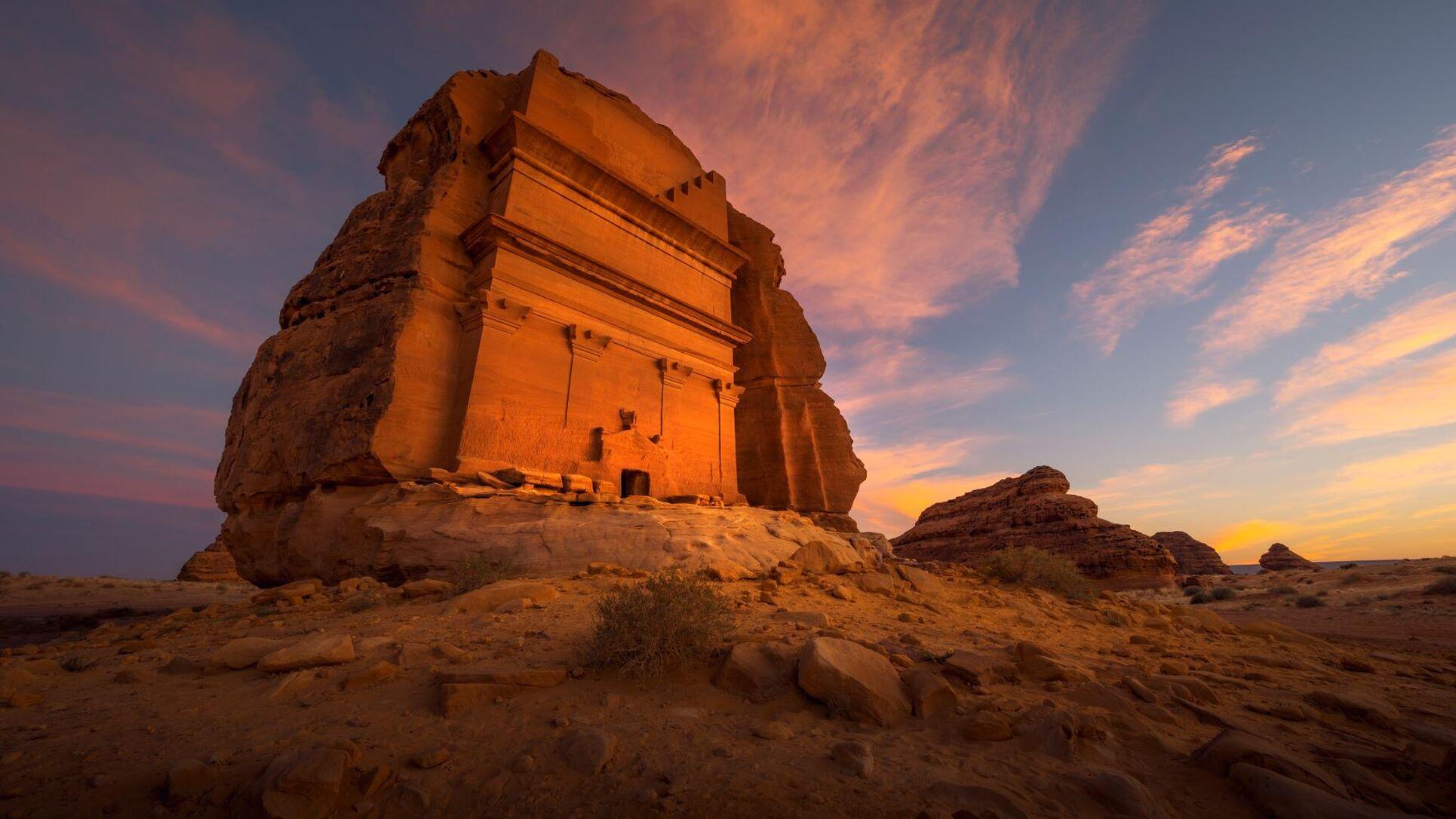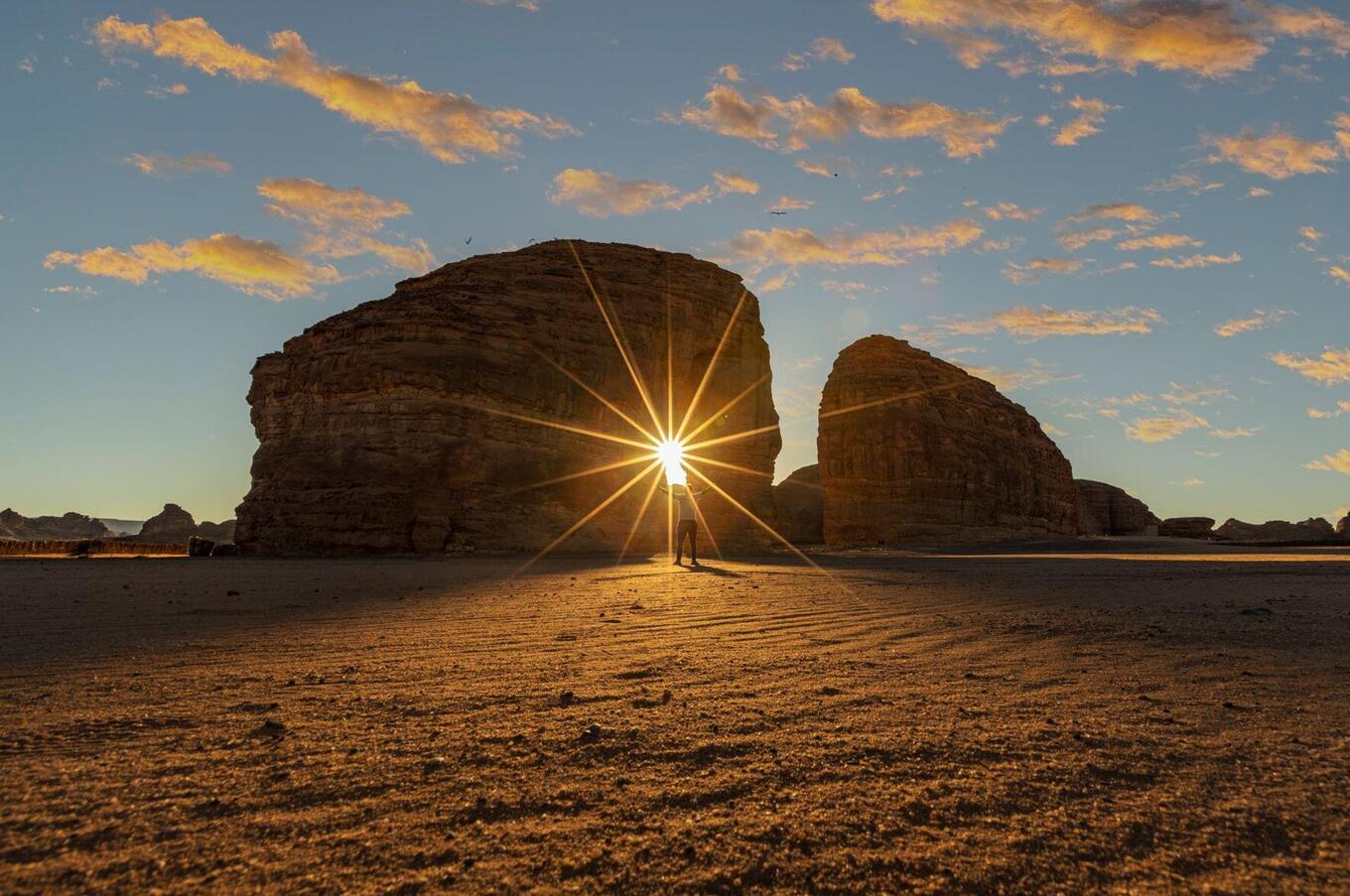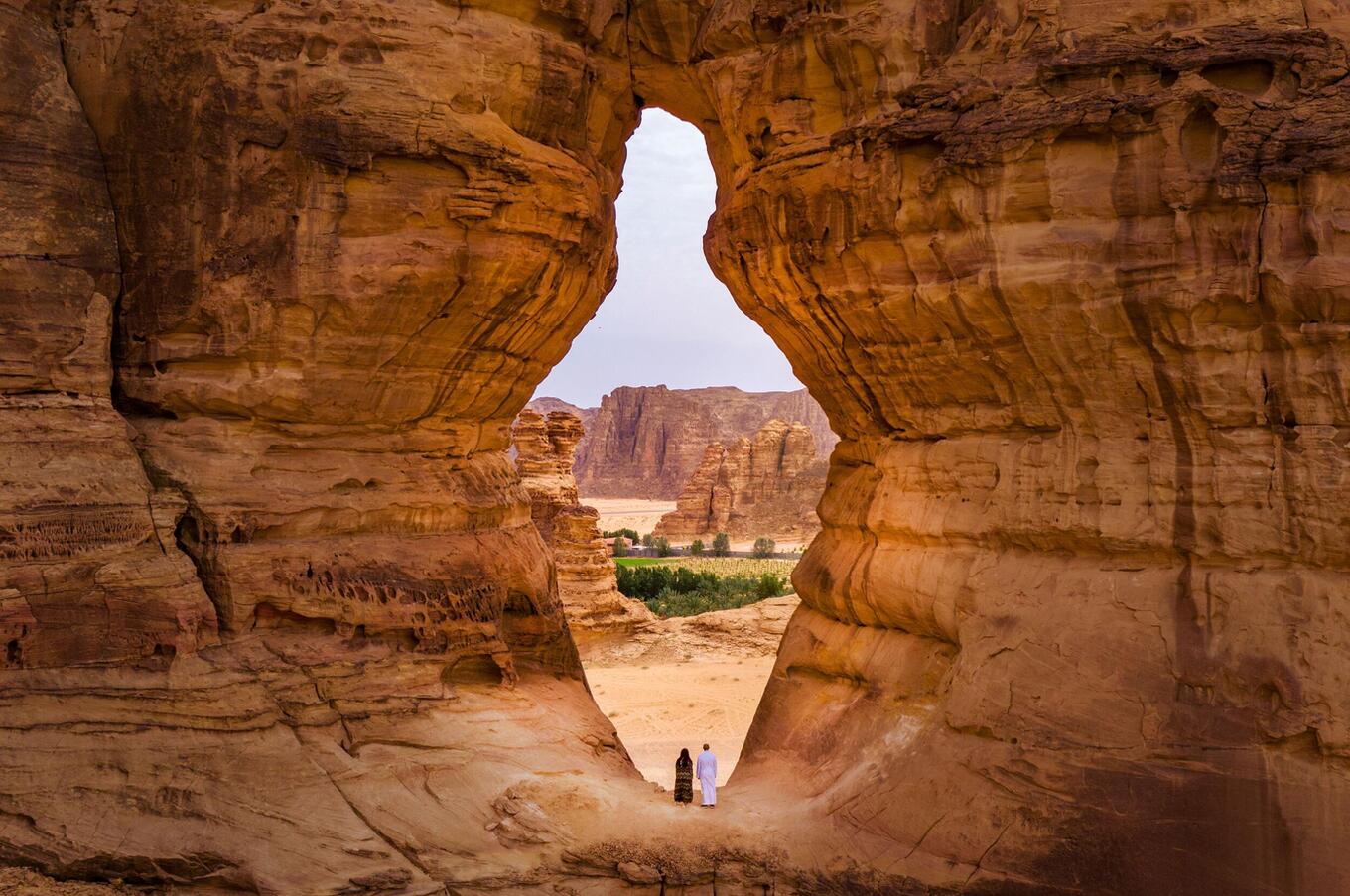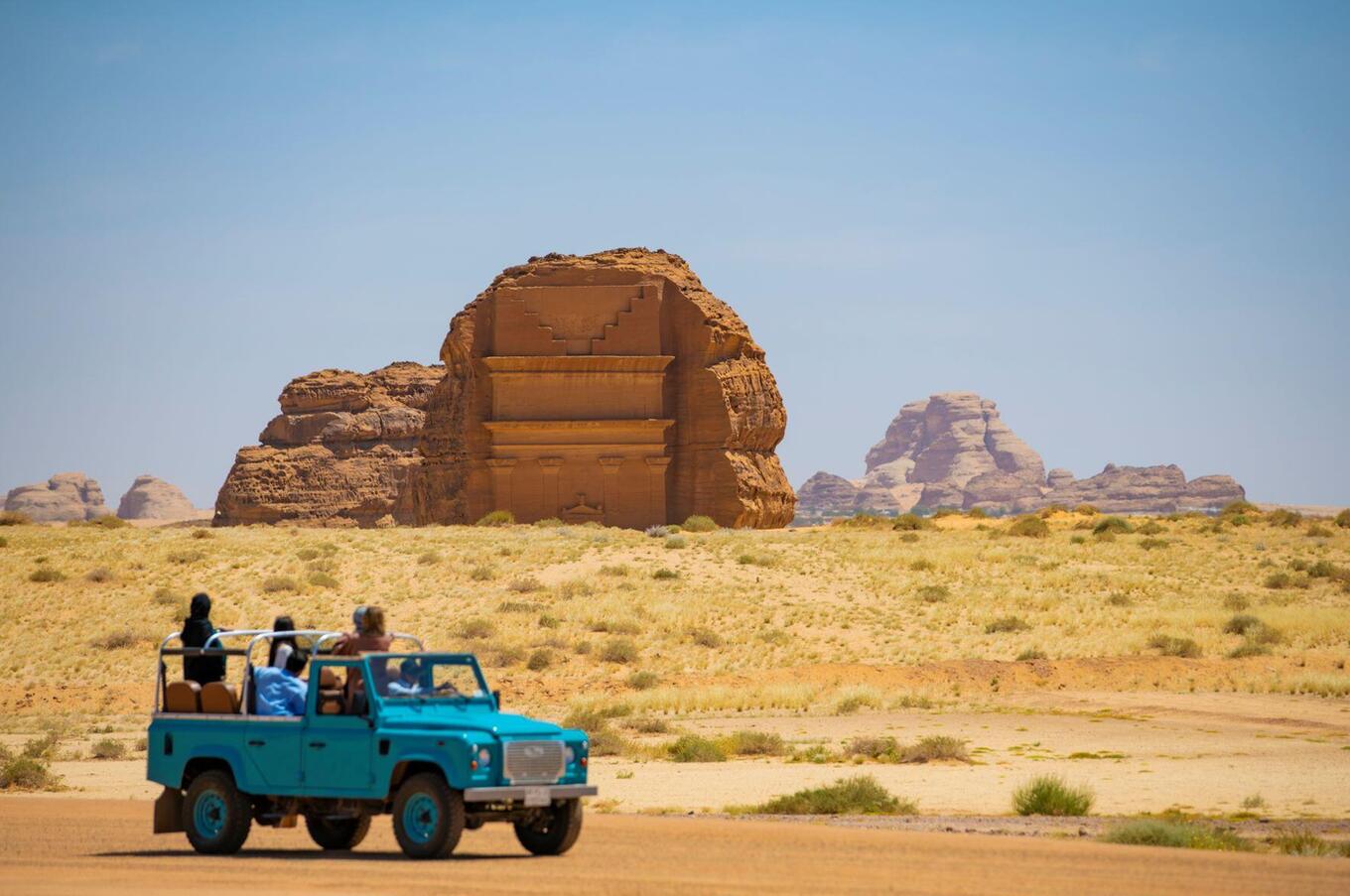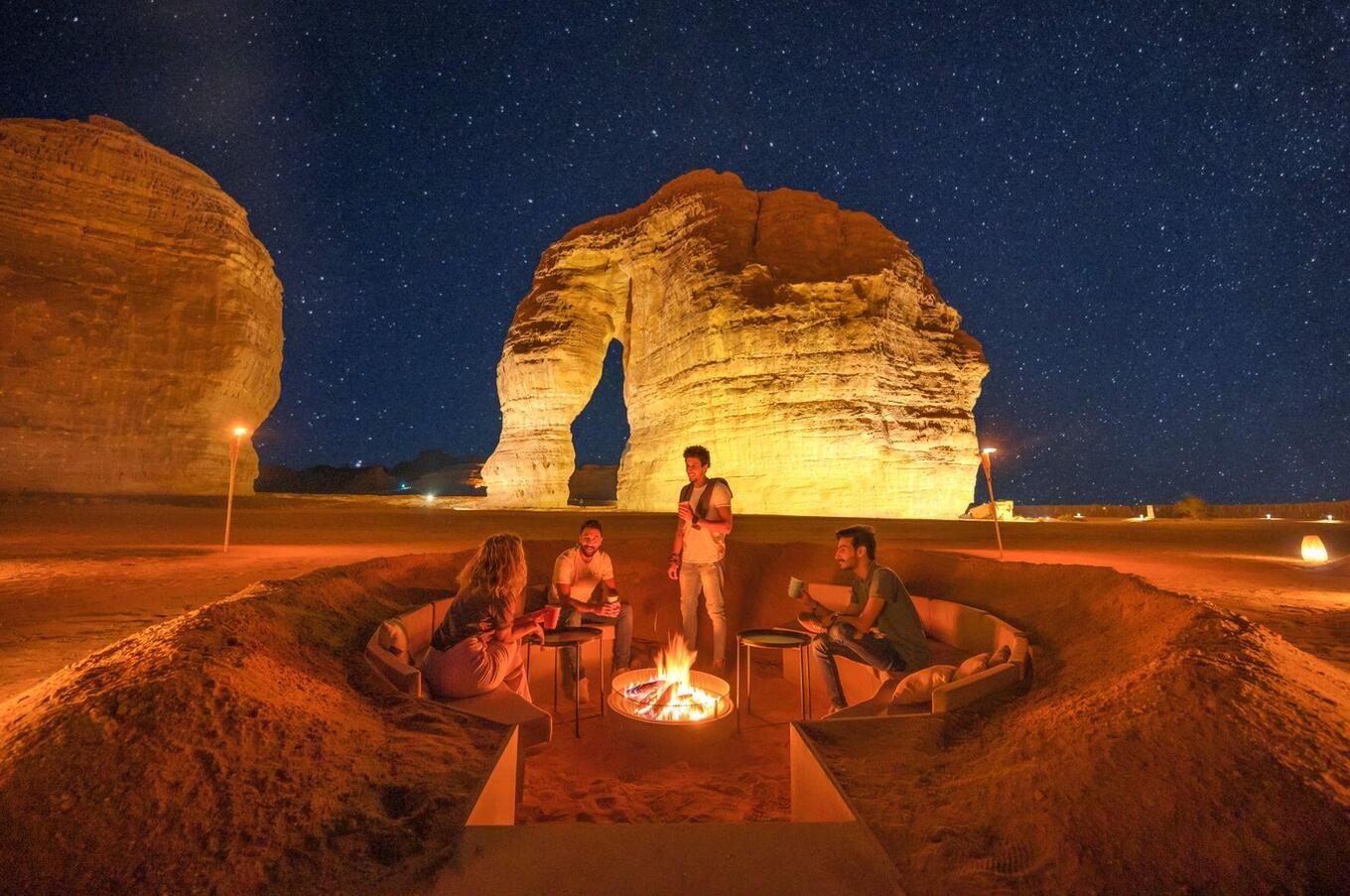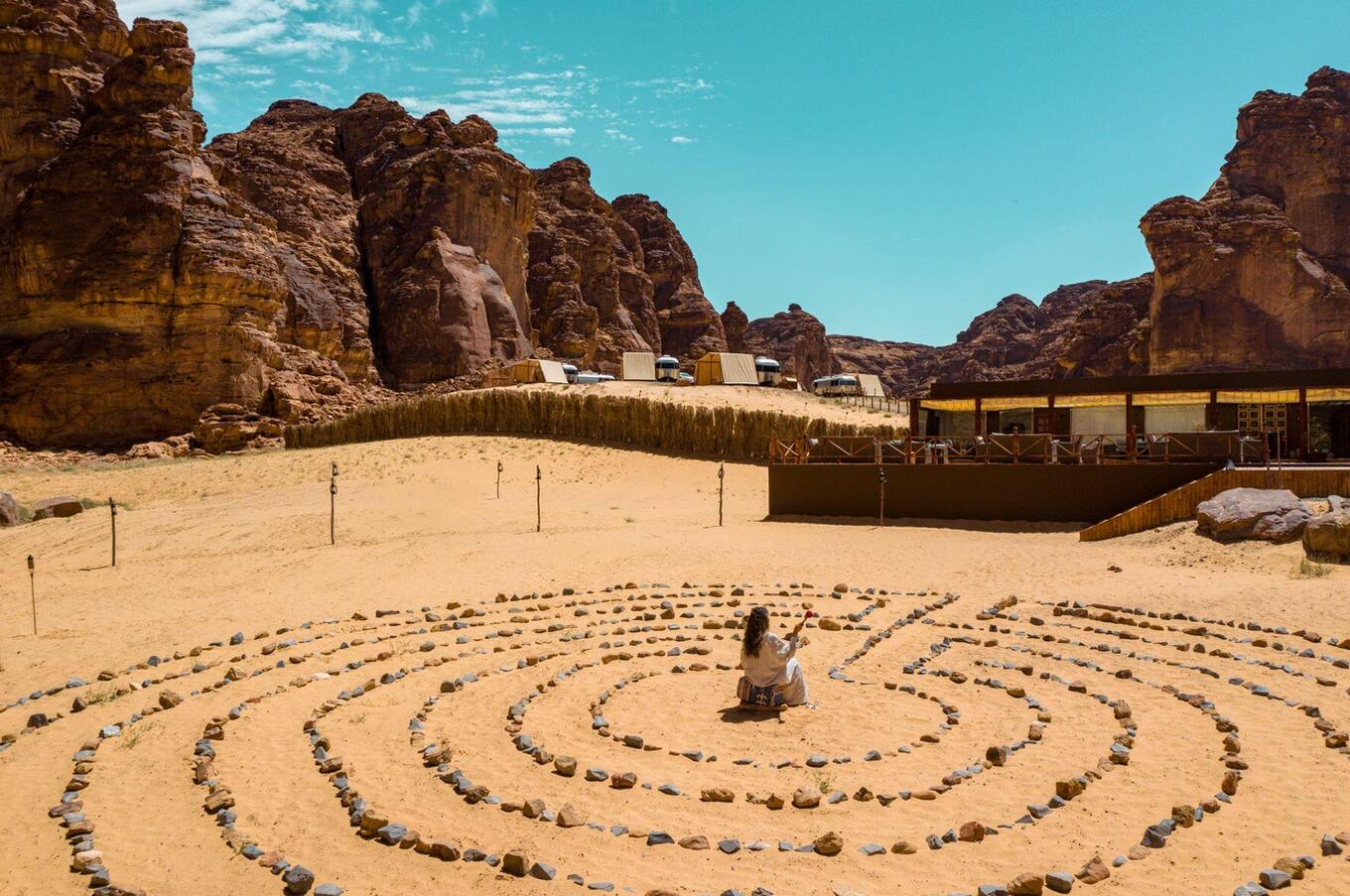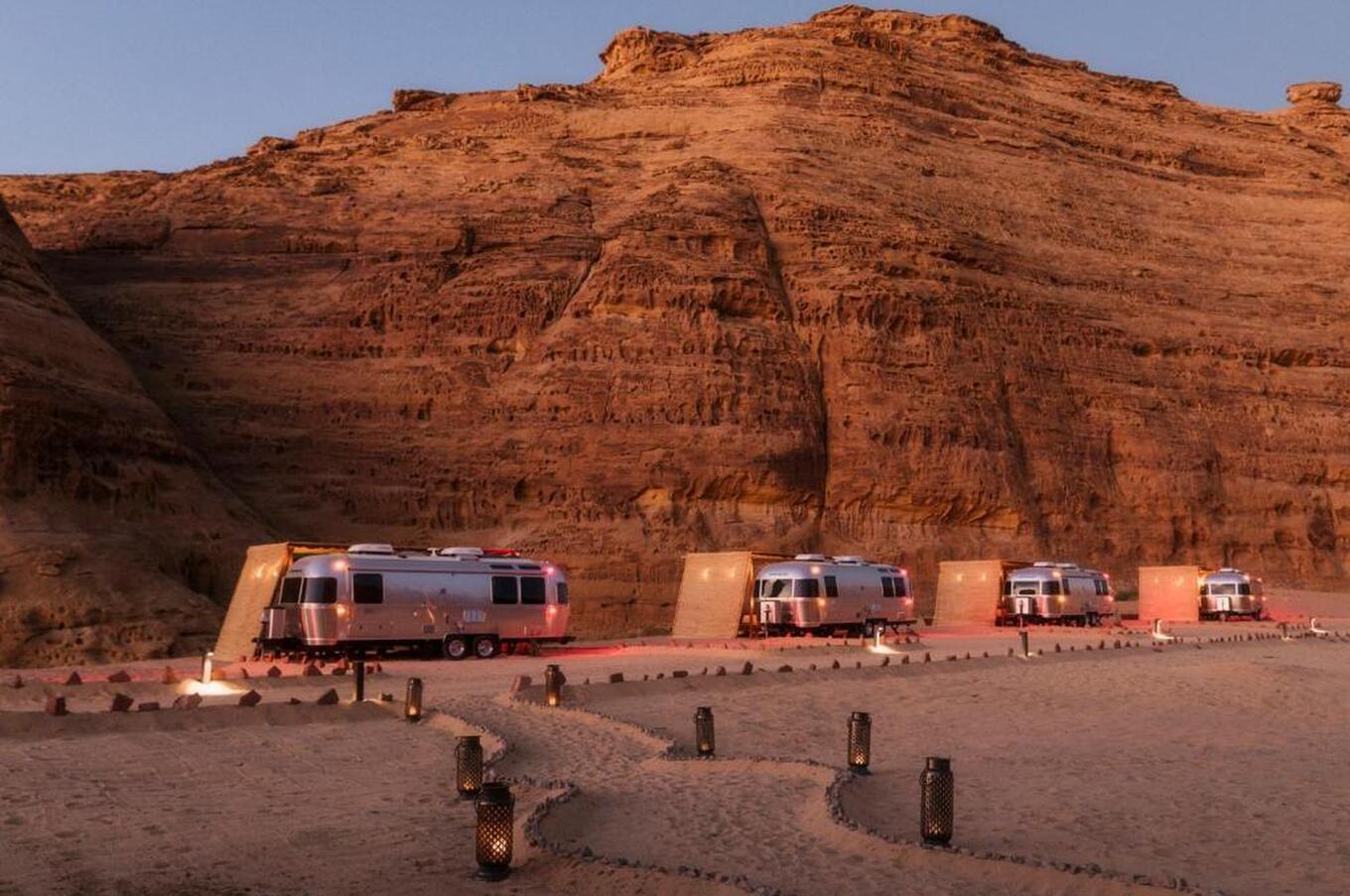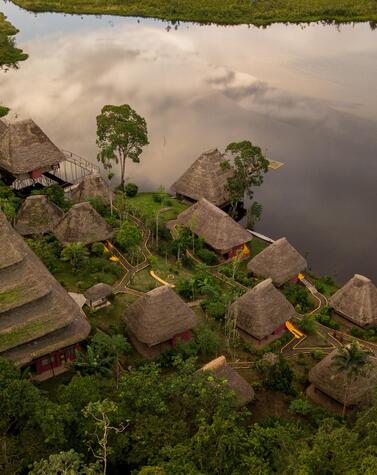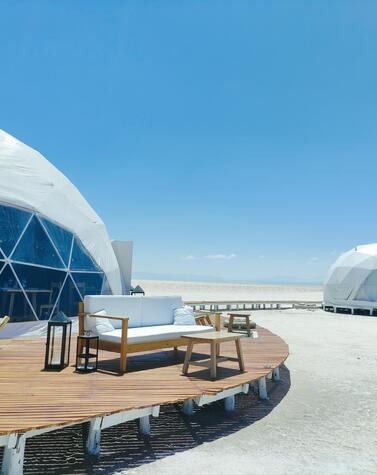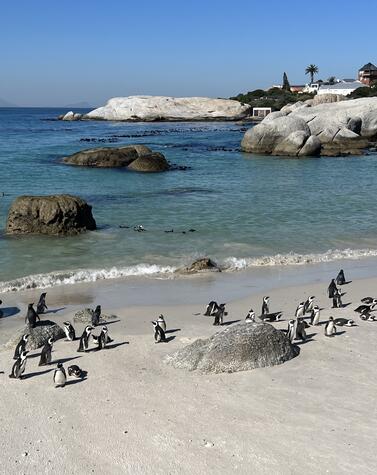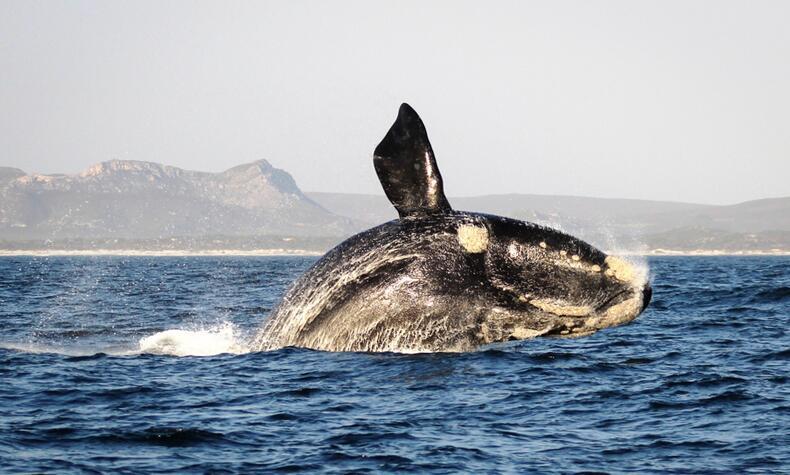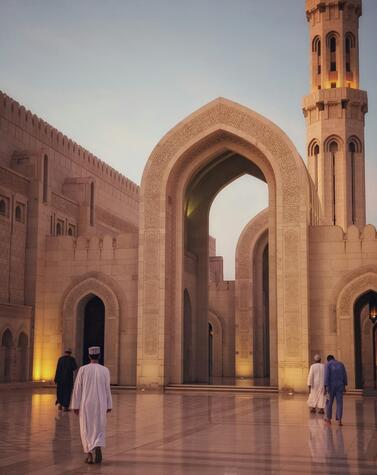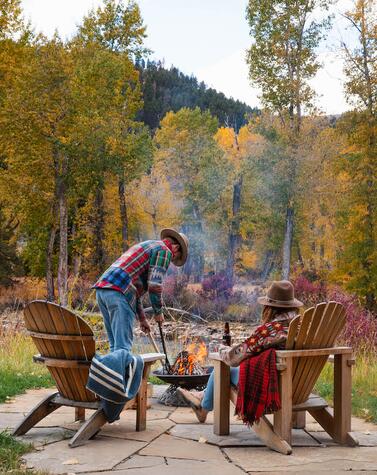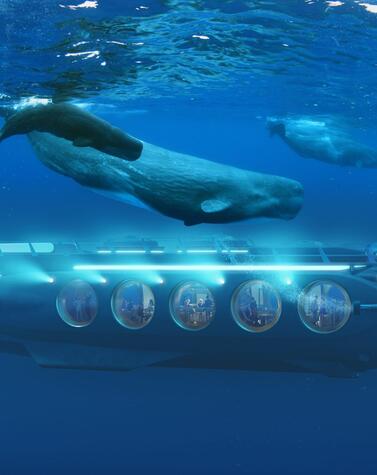Saudi Arabia, the great unknown
Just a few years ago no one would have imagined taking a trip to Saudi Arabia, a country closed to tourism and focused only on oil. But since the year 2019 this began to change:
King Salman bin Abdulaziz and his son Mohammed bin Salman have led to the consolidation of Saudi Arabia as a great international reference and great symbol of the Sunni branch of Islam. Now, his son, Crown Prince Mohammed bin Salman bin Abdulaziz al-Saud intends to continue the work started by his father and is one of the driving forces behind a strategy whereby the Saudi kingdom is promoting various sectors such as energy, tourism, industry, technology and even sports in order to diversify its economy and not depend so much on the oil sector. To get a closer look at what is going on, we went to Saudi Arabia, where it was also important to get the vision of a woman.
The first stop was Riad, a city that is growing by leaps and bounds: with the references already there from cities like Dubai, Doha or Abu Dhabi it is much easier to realize this project. The city boasts several landmark buildings, such as the Kingdom Centre, a 302-meter skyscraper with a skybridge connecting its two towers, and the Al Faisaliah Centre, another 267-meter skyscraper with a glass sphere at the top, although many buildings are still under construction.


The Al Masmak Fortress (meaning "tall, strong and sturdy building") is a large citadel of adobe and clay that witnessed the birth of a kingdom and is a reminder of the rich history of Saudi Arabia. A good way to start learning about the country's history, to better understand the journey. In 1902, after his exile in Kuwait, King Abdulaziz seized the fortress and took control of Riyadh, his ancestral home. From the fortress, Abdulaziz Al Saud conquered and united the various kingdoms and provinces that make up Saudi Arabia as we know it today.
The fortress dates back to 1865 and has been used for many purposes. It first housed the garrisons that protected the city, after the incursion of King Abdulaziz it was used as an arsenal, and later it was a prison. Today, this restored building is a museum that allows visitors to travel back in time and discover the roots of Saudi Arabia.
Near Riyadh you can make an excursion to the Edge of the World, a rock formations of great height, to enjoy a sunset of those that shrink the heart. The Edge of the World or Jebel Fihrayn, as it is also known, is about 90 kilometers from the Saudi capital, about an hour and a half drive. It is part of the Tuwaiq cliffs, which span more than 600 kilometers of the center of the country, and which dominated an ancient trade route that crossed the Arabian Peninsula to the Levant and Persia.
There are a number of routes that reach the summit, but the steep terrain, steep climbs and loose gravel recommend wearing hiking boots. Along the route, it is possible to find fossils, a remnant of when the region was part of the seabed, camels and the remains of riverbeds in the valley. It normally takes 15 to 30 minutes to reach the edge of the ravine, but along the way there are plenty of places to stop and enjoy the views.


We visited Diriyah, cradle of the first Saudi state, historic meeting point for pilgrims and traders, and home to one of the kingdom's most ambitious heritage projects.
The curving adobe walls of Diriyah, just outside Riyadh, built into the oasis rising from the banks of Wadi Hanifa, once housed a thriving desert city, a powerhouse of culture and commerce. Currently, restaurants and leisure areas are being built around the city and will be completed soon. Impressive the game of lights and sound that we could enjoy exclusively.
Among the projects being created in Riyadh are Qiddiya. It will be a large 334 km2 entertainment complex located on the outskirts of Riyadh, which will include amusement and water parks, as well as facilities to promote art and culture, such as a pavilion, a concert venue, theaters and cinemas. The aim is to boost sports with a complex encompassing a stadium, golf course, aquatic center, schools and other facilities.


From Riyadh we flew to Al Ula, the most surprising region on this trip. It is a desert area, quite reminiscent of the desert of Wadi Rum but without so many travelers. Touring the rocky desert with a 4x4, walking through remote spots, watching a magnificent sunset or discovering hundreds of Nabataean tombs are some of the most interesting activities.
The Site of Hegra allows us to discover what the Nabataean city was like at that time. This archaeological gem is strategically located south of the similar famous site of Petra in Jordan. It was an important trade route between the Arabian Peninsula, the Mediterranean area and Asia. Less than 22 km from Al Ula, it is the first site in Saudi Arabia to be declared a UNESCO World Heritage Site. After the abandonment of the Nabataean city, the route continued to play its role as a trade and caravan route, traveled by pilgrims on their way to Mecca until the 20th century, when the Hijaz Railway was built.
There are few places in the world where one can feel like an explorer discovering the unknown. In many historic destinations, this illusion immediately vanishes amid a jungle of selfie sticks. But in Al Ula, in the middle of the desert in the northwestern region of the country, one can still fulfill the fantasy of being an intrepid archaeologist for a day.
Even though it has all the makings of a must-see destination (tombs that are the legacy of 7,000 years of human civilization, canyons and amazing rock formations), Al Ula remains largely unknown to global tourism. For this reason, we were able to quietly enjoy the vastness of the desert and the monumental beauty of the place. A route in a vintage 4x4 is one of the best ways to discover and be amazed by the immensity of the colossal tombs of the site and tour the desert
Our recommended accommodation there is Habitas, a sustainable glamping camp, made up of caravans and luxury vintage tents from where it is possible to discover this unique area full of history.
Traveling through Hegra is a real adventure, as we are talking about an impressive stone city with hundreds of artistically carved and well-preserved tombs decorating the sandstone ledges.
The steep ravines create a captivating mix of structures and are lined with artistic carvings and inscriptions that evoke ancient architecture.
Within these ravines are some of the most elite tombs of ancient society that symbolize the great history of the region. In addition to the monumental tombs with decorated facades, Hegra's numerous artificial wells also have their origins in Nabataean agricultural techniques.

Elephant Rock is the big surprise. It is a large rock formation in the shape of an elephant, ideal to end the day and from where you can observe the stars. The ideal accommodation to discover this destination are exclusive camps, such as the Habitas, from which to enjoy an immersive experience in the desert. An exclusive dinner in the desert at sunset is a unique and essential experience in our trip to this part of Saudi Arabia.
The last place we visited was the city of Jeddah, the second city, after Riyadh: amazing the Al-Balad neighborhood, the beautiful historic center of Jeddah, classified by UNESCO as a World Heritage Site. Also stroll through the Corniche area to discover how the locals live, how they pray all together, or how families gather to picnic when the sun goes down. An unknown destination where it is possible to live the local essence and discover a country still very unspoiled.


